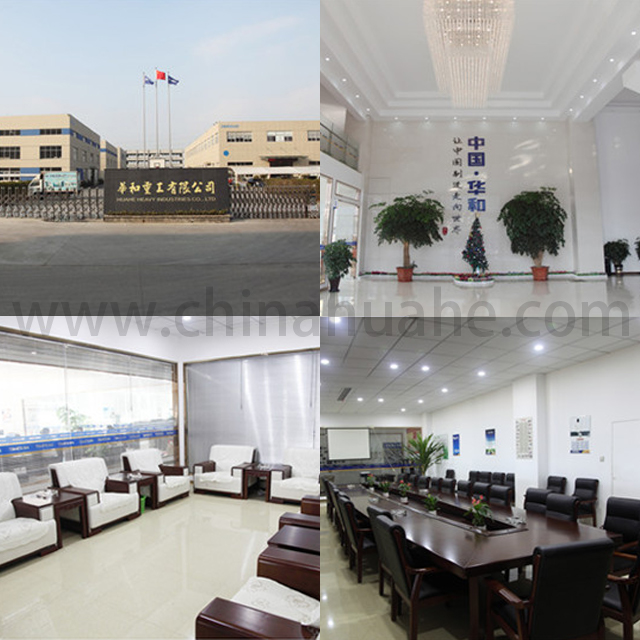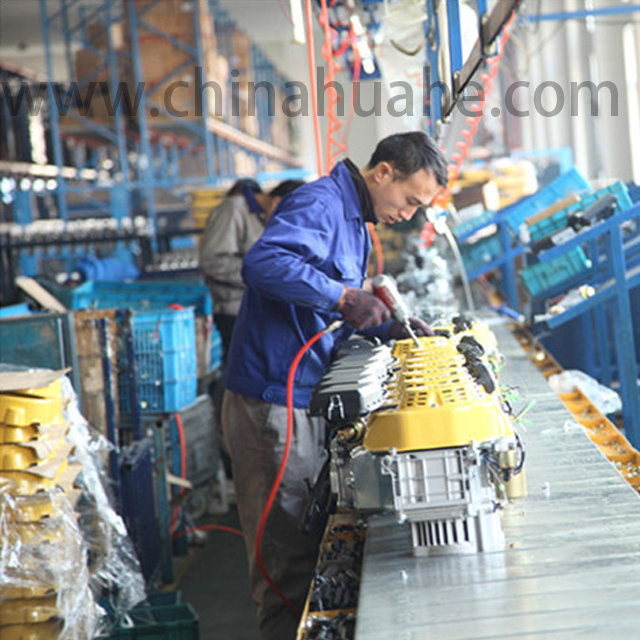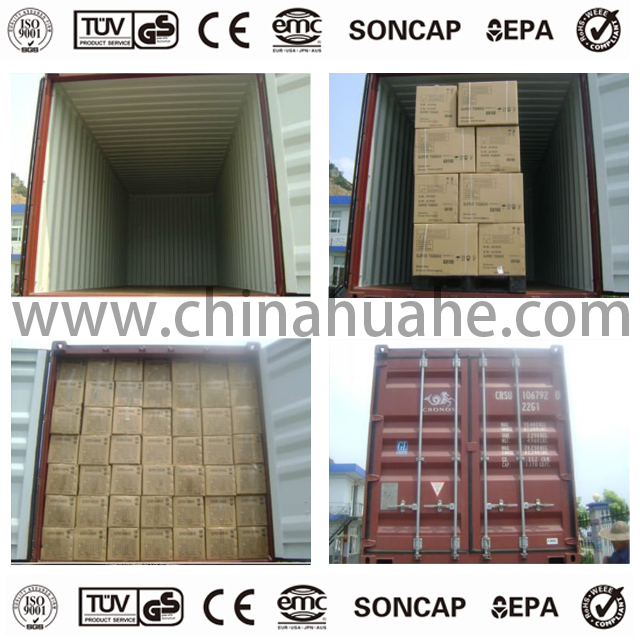WP-20
HuaHe
Product Type:Spare Parts of Water Pump
Model:WP-20
Product Name:Speed Controller
Usage:Water Pump
Packing:Customized
Certificate:ISO9001
A speed controller for a water pump is a device or system that is used to control and adjust the speed or flow rate of the pump. It allows for precise control of the pump's operation, ensuring optimal performance and efficiency. Here are some key points about the speed controller for a water pump:
1. Function: The primary function of the speed controller is to regulate the speed or flow rate of the water pump. It allows for adjusting the pump's output to meet specific requirements, such as maintaining a constant pressure, controlling water flow, or matching the demand of the system.
2. Types: There are different types of speed controllers available for water pumps, depending on the specific application and pump type. Some common types include variable frequency drives (VFDs), electronic speed controllers, and pressure-based controllers.
3. Variable Frequency Drives (VFDs): VFDs are commonly used for controlling the speed of electric motor-driven water pumps. They adjust the frequency and voltage supplied to the motor, thereby controlling the pump's speed and flow rate. VFDs offer precise control and energy savings by adjusting the pump's speed to match the required demand.
4. Electronic Speed Controllers: Electronic speed controllers are typically used for small water pumps or those with DC motors. They regulate the power supplied to the motor, allowing for speed control and flow rate adjustment. These controllers often have user-friendly interfaces for easy operation and adjustment.
5. Pressure-Based Controllers: Pressure-based controllers monitor the pressure in the water system and adjust the pump's speed accordingly. They maintain a constant pressure by modulating the pump's speed to match the demand. These controllers are commonly used in applications where a consistent pressure is required, such as irrigation systems or water supply networks.
6. Installation: The speed controller is typically installed between the power supply and the water pump. It may require electrical connections and programming or calibration to ensure proper operation. It is important to follow the manufacturer's instructions and guidelines for installation.
7. Benefits: Using a speed controller for a water pump offers several benefits. It allows for precise control of the pump's operation, leading to energy savings, reduced wear and tear on the pump, and improved system performance. It also enables the pump to match the demand of the system, preventing over or under pumping.
8. Maintenance: Regular maintenance of the speed controller is important to ensure its proper functioning and longevity. This may include periodic inspection, cleaning, and calibration. Any signs of malfunction or damage should be addressed promptly to prevent performance issues.
In summary, a speed controller for a water pump is a device or system used to control and adjust the speed or flow rate of the pump. It allows for precise control, energy savings, and improved system performance. Different types of speed controllers are available, such as VFDs, electronic speed controllers, and pressure-based controllers. Proper installation, maintenance, and compatibility with the pump are important for the effective operation of the speed controller.

Advantages
1.100% testing with loaded before packing.
2.With ISO9001 certification.
3.Reasonable price with higher quality.




Product Type:Spare Parts of Water Pump
Model:WP-20
Product Name:Speed Controller
Usage:Water Pump
Packing:Customized
Certificate:ISO9001
A speed controller for a water pump is a device or system that is used to control and adjust the speed or flow rate of the pump. It allows for precise control of the pump's operation, ensuring optimal performance and efficiency. Here are some key points about the speed controller for a water pump:
1. Function: The primary function of the speed controller is to regulate the speed or flow rate of the water pump. It allows for adjusting the pump's output to meet specific requirements, such as maintaining a constant pressure, controlling water flow, or matching the demand of the system.
2. Types: There are different types of speed controllers available for water pumps, depending on the specific application and pump type. Some common types include variable frequency drives (VFDs), electronic speed controllers, and pressure-based controllers.
3. Variable Frequency Drives (VFDs): VFDs are commonly used for controlling the speed of electric motor-driven water pumps. They adjust the frequency and voltage supplied to the motor, thereby controlling the pump's speed and flow rate. VFDs offer precise control and energy savings by adjusting the pump's speed to match the required demand.
4. Electronic Speed Controllers: Electronic speed controllers are typically used for small water pumps or those with DC motors. They regulate the power supplied to the motor, allowing for speed control and flow rate adjustment. These controllers often have user-friendly interfaces for easy operation and adjustment.
5. Pressure-Based Controllers: Pressure-based controllers monitor the pressure in the water system and adjust the pump's speed accordingly. They maintain a constant pressure by modulating the pump's speed to match the demand. These controllers are commonly used in applications where a consistent pressure is required, such as irrigation systems or water supply networks.
6. Installation: The speed controller is typically installed between the power supply and the water pump. It may require electrical connections and programming or calibration to ensure proper operation. It is important to follow the manufacturer's instructions and guidelines for installation.
7. Benefits: Using a speed controller for a water pump offers several benefits. It allows for precise control of the pump's operation, leading to energy savings, reduced wear and tear on the pump, and improved system performance. It also enables the pump to match the demand of the system, preventing over or under pumping.
8. Maintenance: Regular maintenance of the speed controller is important to ensure its proper functioning and longevity. This may include periodic inspection, cleaning, and calibration. Any signs of malfunction or damage should be addressed promptly to prevent performance issues.
In summary, a speed controller for a water pump is a device or system used to control and adjust the speed or flow rate of the pump. It allows for precise control, energy savings, and improved system performance. Different types of speed controllers are available, such as VFDs, electronic speed controllers, and pressure-based controllers. Proper installation, maintenance, and compatibility with the pump are important for the effective operation of the speed controller.

Advantages
1.100% testing with loaded before packing.
2.With ISO9001 certification.
3.Reasonable price with higher quality.




